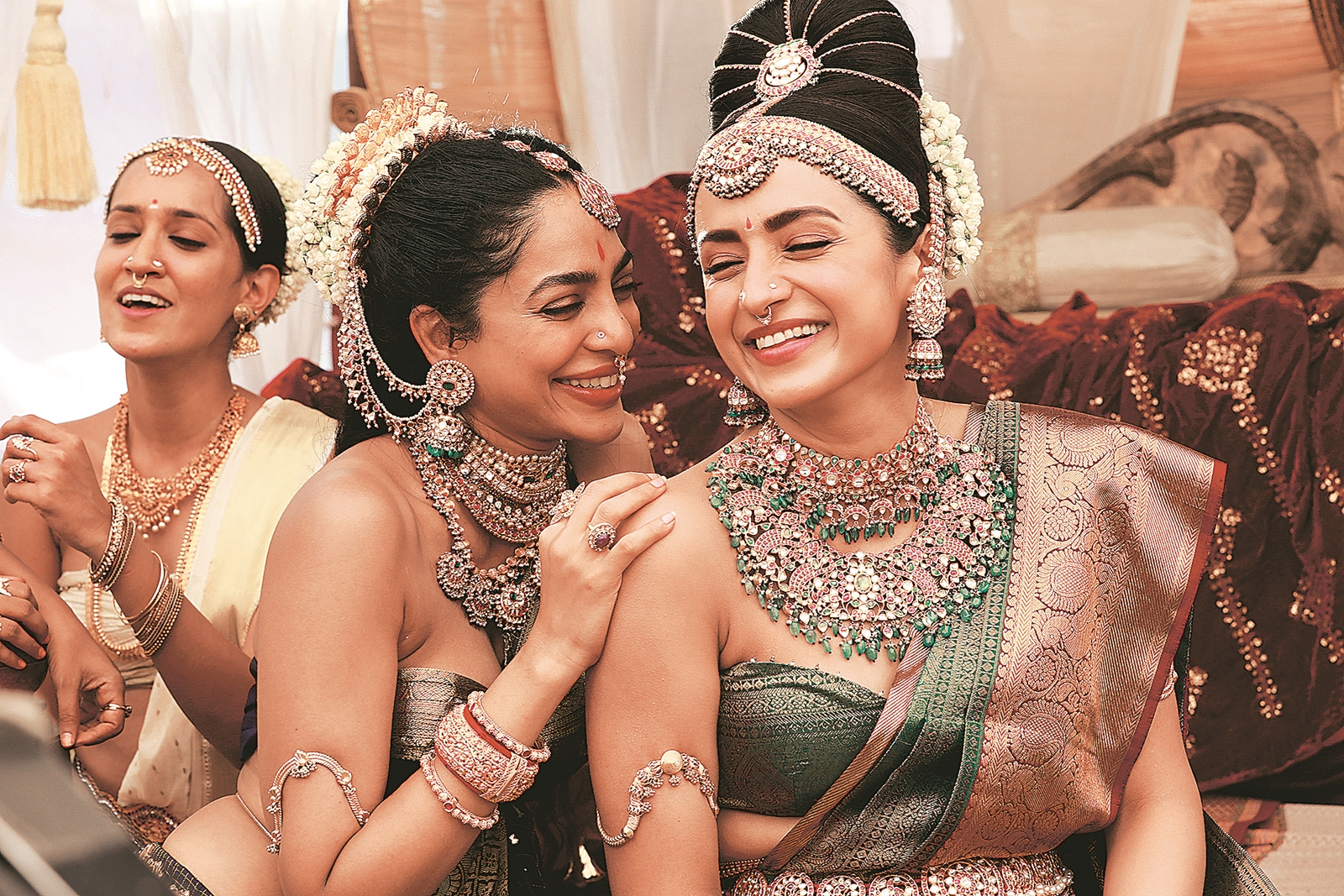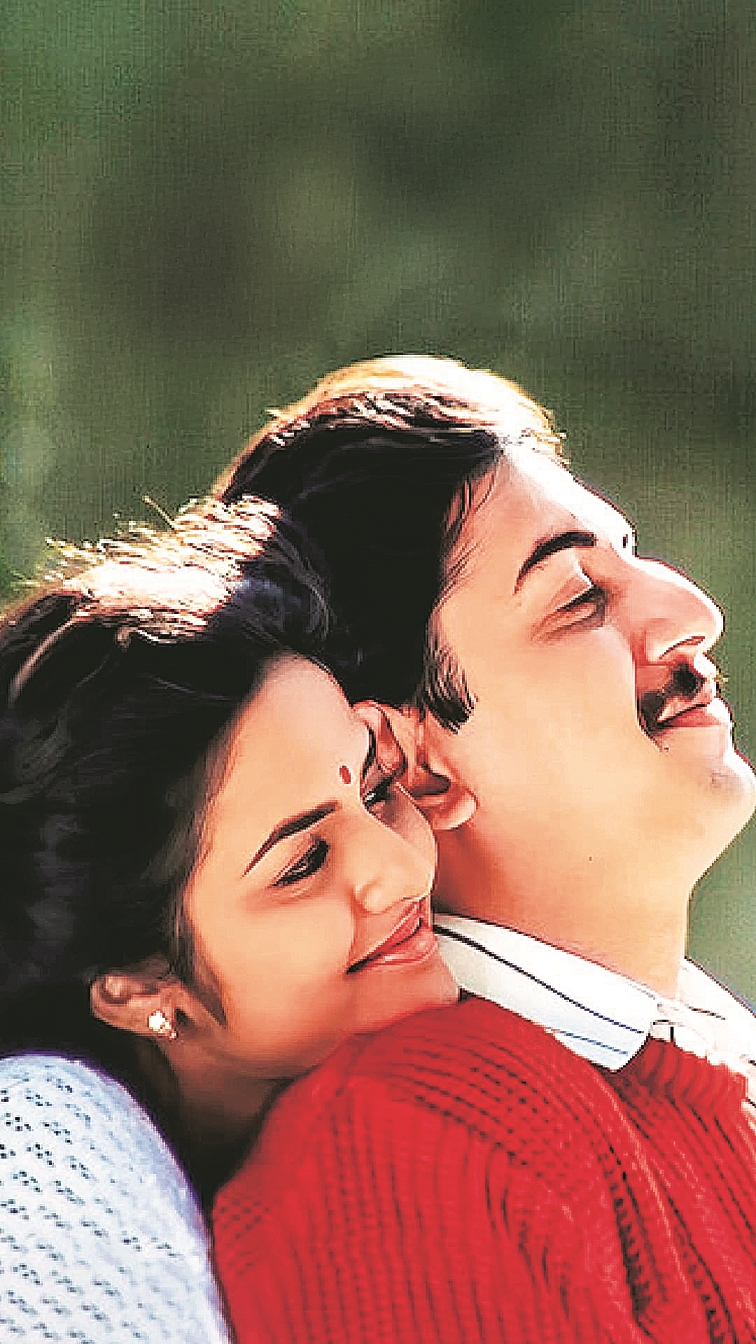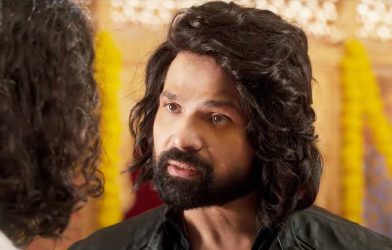You recently received your seventh National Film Award for Best Music Direction (Background Score) for Mani Ratnam’s Ponniyin Selvan: Part 1 (2022). What do awards signify to you?
When I won the National Award for the first time for Roja (1992), a reporter asked me: ‘Don’t you think it is too early in your career to receive it?’. That National Award made me realise that I had to go ahead from there. There was no reverse button. Now, I feel like this award for Ponniyin Selvan 1 (PS1) is my first award. My music is not the same – it is evolving. My mind is evolving, sometimes learning and sometimes unlearning. That’s the fascinating thing about art. If it remains the same, it becomes boring.
Roja remains a landmark moment in Indian cinema. Any memories of it?
There are times, you keep on trying but nothing happens. Then, you disconnect from whatever that’s happening around you and focus on your music. I was in that Zen mode when Mani Ratnam offered me Roja.
How was it working on an ambitious movie like PS1?
This is a project that a lot of people, including MG Ramachandran, tried to do over the decades. Mani Ratnam started working on it nearly 10 years ago and then dropped it. During the pandemic, he went ahead with his army of people to make this movie. I was awed by his courage and passion towards cinema. That’s an inspiration by itself. It was a great experience when we created music for this movie and added layers to it. While adding the third layer, we were convinced something special was being created.
 AR Rahman bagged his 7th National Film Award for his background score in Mani Ratnam’s Ponniyin Selvan – Part 1.
AR Rahman bagged his 7th National Film Award for his background score in Mani Ratnam’s Ponniyin Selvan – Part 1.
How exciting is it to work on period movies?
I am a big fan of the music, poetry, filmmaking and tehzeeb of the ’50s and ’60s. I still can’t get enough of that. When I watch movies of that period, I think aah, it’s oozing romance. People really got into the soul of things. So, when something like that comes my way, I immediately grab it and say: ‘This is it. Thank you. Let’s have fun’. We can’t match the greats like Madan Mohan, Naushad and Lata Mangeshkar or the aura they created, but we can to be respectful of their work. It is also a nice experience to research. Sometimes, you need to go back and learn about some of the beauty that’s lost.
You have a bunch of interesting new projects, including web-series Gandhi, Lahore 1947 and Ramayan, coming up.
Different projects inspire you differently. Something modern like Thug Life with Mani Ratnam and Kamal Haasan requires a different sensibility. I am also doing Chhaava (based on the life of Maratha king Shambhaji). So, the question is what experience can we create around Maratha culture for Indian cinema. If you look at the promo, it feels right for the character and yet you can’t predict the sound.
When you compose songs as well as background score for a film, do you like that you are in total control?
As a composer, it’s expected that you will work on both. Take for example, Ilaiyaraaja or Naushad. Of late, people have been asking someone else to work on background score. Composing the score requires eight times more energy and time. With songs, you can finish much faster and move on to the next project. I feel like people expect me to do both and score is something I love composing.
Background music helps in unfolding the narrative. But is it getting too loud these days?
Sometimes either the good score gets muddled with effects or they put it very high. This has started happening in the last a few years that people are making the score super high and you end up getting a headache. Dynamics is the most important thing in sound – there is a low, mid and high. Everything can’t be just high. In orchestra music, dynamics is most important.
You have several long-term collaborators like Mani Ratnam, Imtiaz Ali and Irshad Kamil.
We inspire each other. You go to someone so that they will lessen the burden that you have. If you can make the burden lighter that’s the best collaboration. If we go there and suffer or, when people try to do something that they are not able to or, make me do something weird, it does not end up being a nice experience. We always go back to what’s easy and what gives best results. I hang on to that.
 AR Rahman made his debut with the 1992 Tamil film Roja.
AR Rahman made his debut with the 1992 Tamil film Roja.
You regularly create non-movie music.
I learn from many things – life, people, forests, mountains, the sky. I also learn from great works that are not limited to cinema, such as the mystical poetry of Kabir, Bulleh Shah and Rumi. You understand the world better with poetry and philosophy. That helps you understand art better. It frees you from convention and boredom.
You recently backed the documentary, Headhunting to Beatboxing about Nagaland’s sonic heritage and cultural traditions.
Each Indian state has its own cuisine, language, dance and music. We can’t experience everything in one lifetime. We are very proud to produce this documentary. The documentary shows a unique aspect of Nagaland. It’s a revelation for people.
How do you look at your career spanning three decades?
I feel fortunate that I am an artiste. Music is storytelling. It is a bridge between cultures and it opens up boundaries. Look at a song that’s popular all over the world like Jai Ho (Slumdog Millionaire, 2008). It reaffirms that there is so much we can do. The possibilities are endless.










